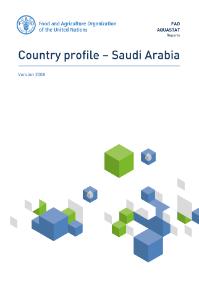National Development Plan for the Years 2010-2014.
Iraq is seeking to be a peaceful and stable nation under the auspices of a federal democracy. It is also seeking to be an effective nation that functions in accordance with market mechanisms and a regional economic power.






